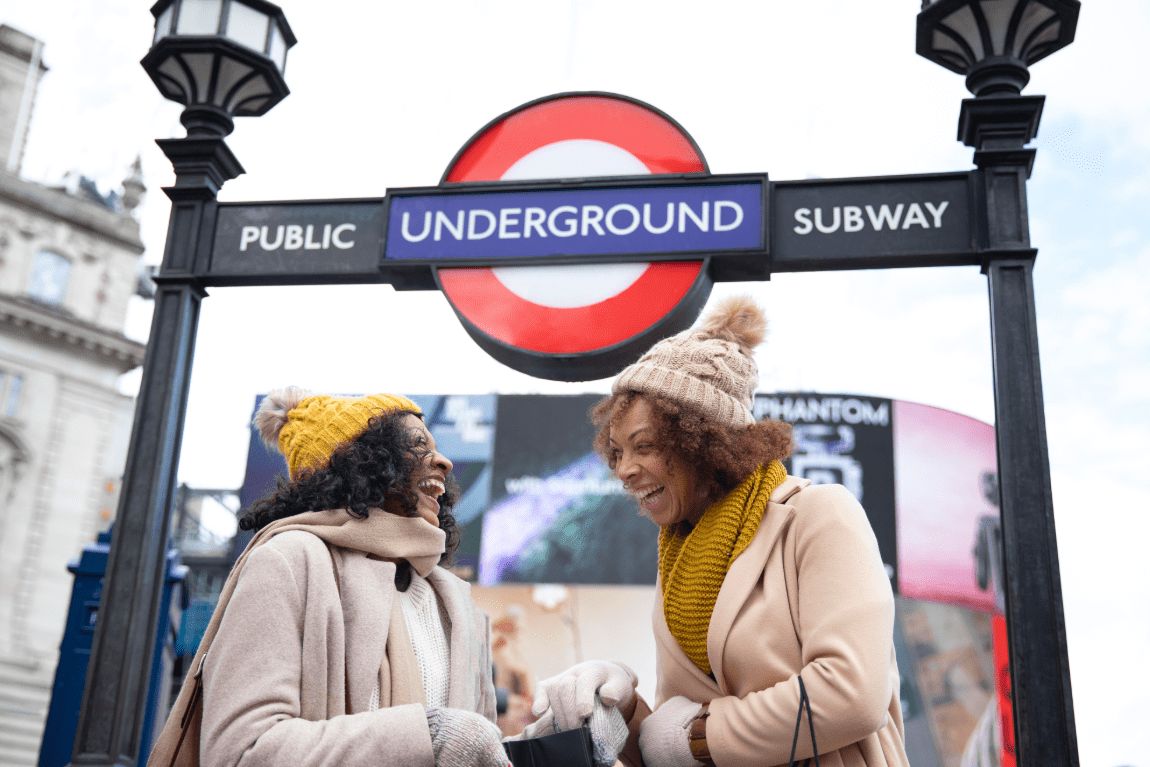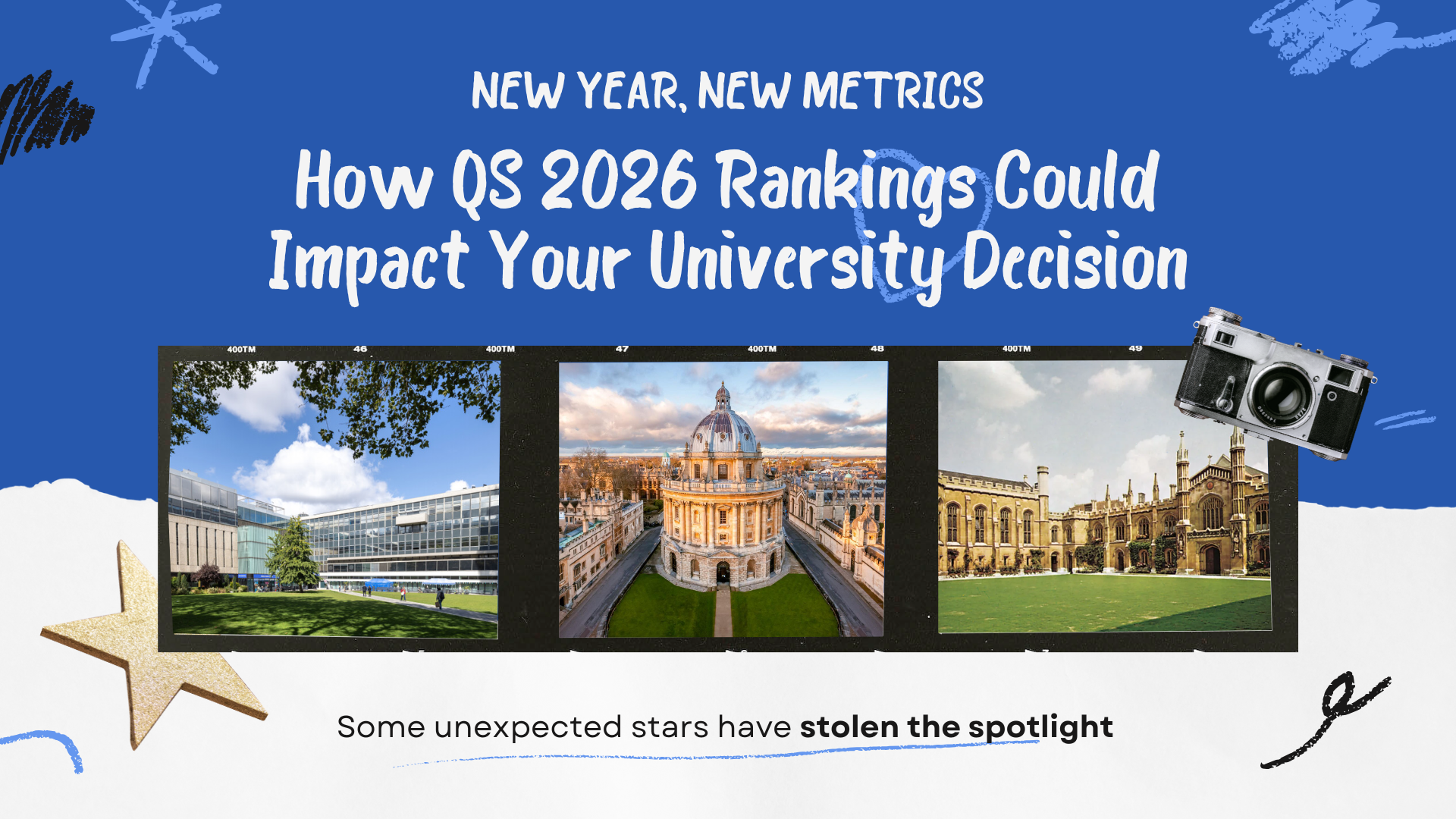

Published by Mangesh on
27th Dec, 2024
Last Updated: 28th May, 2025
Comprehensive Student Guide to London Travel Zones 1-9
London is a vast city including 32 London boroughs spread across 607 square miles (1572 km). London is the capital of the United Kingdom with a rich culture and historical architecture. This attracts so many tourists to discover what London has to offer. London is also an education hub which is students' top choice for higher studies. Even though the city is vast it is well-connected with public transport options. For students who are new in London, it becomes essential to understand different modes of transport, payment options and travel zones near their student accommodation in London. Understanding the London zones will help you navigate efficiently. In this guide, you will understand different modes of transportation, London Zones and ways to pay for transportation services.
Rail transportation is divided into London Travel Zone 1 to 9, which is maintained and managed by London Transport. Transportation options like tube, overground, national rail and buses are available at a convenient frequency. Travellers can use the mode of transportation according to their preferences and reach their desired destinations with ease.
Modes of Transportation in London Zones
London is a massive city with multiple modes of transportation. It includes buses, underground tubes, Dockland Light Railways (DLR), and overground trains. River buses and cable cars are also available. London offers cost-efficient transportation options. It is easy, cheap and comfortable to travel in London travel zones. With various options available you can travel in the London travel zone effortlessly.London Underground
London Underground is one of the oldest trains in London. It is also called a tube because its tunnel network is connected underground. It is a fast transport system connecting all London zones 1 to 9. It has 270 stations across London. It is identified by its blue and red roundel across the city. Underground zones in London are well connected with underground tube networks allowing travellers rapid transportation.London Overground
London Overground is a suburban railway network that connects London internally. Unlike Underground, London Overground operates above the street level and connects the city centre to other metropolitan areas outside London. It was introduced in 2007 to improve connectivity and covers 71% of London districts with 100 stations.Docklands Light Railway
Docklands is an automated light metro system that connects zones in London with cable cars, and the Emirates Air Line and covers the Dockland areas of London, east and south-east London.London Buses
London buses have been a part of London transportation since 1829. These are cheap, efficient and out of the constraints of zones. There is a set rate of £1.65 for each trip irrespective of the distance. They benefit from hopper fare, which allows travellers to use as many bus rides as they can in an hour for a fixed fee of £1.75.Emirate Cable Car
Emirate cable cars are sponsored by Emirates. The cable car links across River Themes, London, England. It takes you 90m above the ground level and offers you panoramic views of the city. Cable cars are part of the Transport for London network travelling from Greenwich to Royal Victoria Dock.River Buses
River buses are also part of transportation in London. River buses have 6 routes from 23 piers between Putney and Woolwich. River buses are covered boats with outside deck areas. There is space to eat and enjoy snacks. Buses leave every 20 minutes and bikes are also allowed on them.London Zones
London zones can be confusing to new students. Even though the city is vast it has reliable public transport options like trains, trams and buses for your convenience. Understanding London travel zones is crucial for navigating in the city. It can be difficult to understand what the zones are and how to travel in London zones. This guide will inform you about different zones, travel methods, and payment options available to enhance your London experience.Smart Travel and Fare Savings
There are 9 zones in total. Zone 1 to Zone 9 are concentric circles separated for transportation purposes. The purpose behind making zones was to minimize the fare of transport. Zone 1 is the centre and other zones radiate outwards to the city's outskirts. TfL employs technology to determine your journey and the zones you cross, and you will be taxed accordingly. Travel fares depend on the number of zones you cross. Maps are provided by Transport for London to plan the journey and understand the fare structure. Zone 1 of London attracts the most visitors because it is the heart of the city and has multiple city attractions.Rail transportation is divided into London Travel Zone 1 to 9, which is maintained and managed by London Transport. Transportation options like tube, overground, national rail and buses are available at a convenient frequency. Travellers can use the mode of transportation according to their preferences and reach their desired destinations with ease.
Looking for student accommodation?
Our support team can assist you for free Book with BestStudentHalls today!
Different London Zones
Zone 1: London City Centre
Zone 1 of London is the heart of the city. It has iconic landmarks such as the Tower of London, Big Ben and the London Eye. These world-famous landmarks attract visitors from all over the world. Zone 1 also has reputed universities making it an education hub. University College London, Imperial College London and King's College London are located in zone one.Zone 2: Notting Hill, Camden Hill
London Zone 2 is the circle around Zone 1. It is closest to Zone 1 and this covers the neighbouring area of Zone 1. It consists of Emirates Stadium, Stamford Bridge and the zoological wonders of London Zoo. Zone 2 offers quick access to Zone one making it a better option to stay. Zone 2 is more affordable than Zone 1.Zone 3: Kew Gardens, London City Airport
Zone 3 rings around zone 2. It consists of an abundance of green space and parks. It consists of beautiful landscapes of Kew Gardens. Zone 3 is only 29 minutes away from central London. The main attraction in Zone 3 is Kew Gardens which is a UNESCO world heritage site and London City Airport.Zone 4: Richmond Park, RAF Museum
Zone 4 is the outer zone of the London fare system. It is 33 minutes away from Zone 1. It is home to Petersham Nurseries and Eltham Palace which allows visitors to enjoy beauty and history. Zone 4 also has Wembley Stadium, the fascinating RAF museum making it a perfect blend of culture and sports.Zone 5: Eel Pie Island Alexandra Palace
Zone 5 is heaven for rugby players because it hosts Twickenham Stadium which is the largest rugby union stadium and second largest stadium in the UK. Zone 5 offers a family-friendly atmosphere and good transport links. Visitors can also enjoy Eel Pie Island which is spread around 8-9 acres. It offers beautiful views and is well-known as a music hub.Zone 6: Painshill Park, Hampton Court Palace
Zone 6 is the terminal point for multiple train lines. Zone 6 covers outer London areas and outside London areas. Zone 6 has Painshill Park which was made in the 18th century and has calming water and beautiful sceneries. At Hampton Court Palace you can witness royal residence and blooming gardens.Zone 7: Zone A- Bushey Rose Garden, Croxley
Zone 7 consists of the charming city Crolex and the beautiful Bushy Rose Garden. It offers beautiful views and an urban lifestyle. You can also visit the Chiltern Open Air Museum which is well-known for its historic buildings and rural living. It is well-suited for people who are looking for a quieter place.Zone 8: (Previously Zone C) Chalfont & Latimer
Zone 8 lacks tourist attractions but acts as a crucial terminal for travelling outside London. It also offers a peaceful escape from bustling city life. Chalfont & Latimer offers a quieter suburban environment compared to bustling city life. It is ideal for nature walks and enjoying local parks.Zone 9: (Previously Zone D) Barnet
Zone 9 is the outermost part of London travel zones from Zone One London. Zone 9 has Ashrem and Barnet which offers a rural environment and scenic beauty. It is less crowded and allows quick access to areas like Chesham, Cuffley, and Epsom. Zone 9 is ideal for outdoor activities like picnics, and nature walks.Key Attractions and Areas Covered in London Zones 1-9
| Zone | Key Attractions | Areas Covered | Transport Modes Available | Lifestyle Preference |
| 1 | Big Ben, Tower of London, London Eye, British Museum | City of London, Westminster, Camden | London Underground, Overground, Buses | Urban & Vibrant |
| 2 | London Zoo, Arsenal FC Stadium, Camden Market | Camden, Ealing, Hackney, Hammersmith and Fulham, Hounslow, Islington, Kensington and Chelsea, Lambeth, Lewisham, and Newham | London Underground, Buses and trams, National Rail services | Urban & Vibrant |
| 3 | Kew Gardens, Hampton Court Palace, Wembley Stadium | Acton, Barnes, Beaufort Park, Blackheath and Kidbrooke, Dulwich, East Ham, Greenwich, Hammersmith, Newham, and Ealing | London Underground, London Overground, Tube lines, Docklands Light Railway (DLR), National Rail services, Buses, Santander Cycles | Diverse |
| 4 | Richmond Park, RAF Museum, Eltham Palace | Greenwich, Brent, Bromley, Enfield, Barking and Dagenham, Redbridge, Lewisham, Hounslow, Ealing, and Haringey | Tube lines, Buses and trams, Walking and cycling | Suburban Tranquillity |
| 5 | Greenwich, Kingston upon Thames, Croydon | Bexley, Bromley, Croydon, Twickenham, Barking and Dagenham, Ealing, Enfield, Harrow, Sutton | London Underground, London Overground, Docklands Light Railway, Buses and trams, Emirates Air Line Cable Car | Suburban |
| 6 | Richmond Park, Hampton Court Palace, Greenwich | Elmbridge (Surrey) Epping Forest (Essex) Epsom and Ewell (Surrey) Hertsmere (Hertfordshire) Reigate and Banstead (Surrey) Tandridge (Surrey) Three Rivers (Hertfordshire) | London Underground, London Overground, Docklands Light Railway, Buses and trams, Emirates Air Line Cable Car | Suburban |
| 7 | Bushey Rose Garden, Chiltern Open Air Museum, Churches | Carpenders Park, Chorleywood, Croxley, Moor Park, Rickmansworth, Theobalds Grove, Waltham Cross, and Watford. | The Overground, Bus, Tube, tram, DLR, London Overground, most Elizabeth line services, IFS Cloud Cable Car, and River Bus services | Semi-rural |
| 8 | Zone 8 of London doesn't have major tourist attractions | Chalfont & Latimer | Tube, Bus, Rail, Tram, River Thames | Semi-rural |
| 9 | Coronation Clock, Maynard Place, Epsom Library | Amersham, Brentwood, Chesham, Cuffley, Epsom, Croxley Green, Rickmansworth, and Watford | The Tube, Buses, Trams, DLR (Docklands Light Railway), Emirates Air Line (Cable Car), Boris Bikes, River Bus | Rural |
How to Pay in London Travel Zones for Transportation?
Those who are new to the city might find it hard to pay for transportation. The London transport system charges according to the zones you cover. There are travel cards, oyster cards and contactless payment methods available. You can use one of them at your convenience. Let’s dive into these payment options:Travel Card
Travel cards are available on a weekly and monthly basis. To travel in zone 1 to zone 3 you will need a travel card for zone 1 to zone 3. To travel from zone 2 to zone zone 4 you will need a travel card for zone 2 to zone 4. A travel card ensures you are covered for that particular area.Oyster Card
Oyster cards make it easy and cheap to travel between London zone 1-6 and London zone 1-9. You can purchase them at the airport, several train stations and convenience stores in the city. The Oyster card costs £20 for administration fees and then you can add top-up on it and use it as you go. The transportation charges will be automatically deducted from your card.You can take advantage of a Student Oyster card as well for the student discount. It will give you a 30% discount on adult fares on your transportation in buses and trains as well. It can be a beneficial and money saver for you. If you are 18 years old or older, living in London borough in your term time and you are enrolled in university as a full-time student then you are eligible for a student oyster card.
Contactless Payment (Including Foreign Cards)
Contactless payment is available for those who have credit/debit cards. These cards can be used to pay for any type of transportation mode. You can simply swipe/tap at the beginning and the end of the journey and you will be charged accordingly. The system will calculate the distance and you will be charged only for the zones you travelled.Living in London comes with its multiple ventures. You can enjoy the beautiful scenery and discover historically enriched places. Knowing how to navigate and use transportation services will help you discover everything you need to know. Travelling within London zones 1-9 requires knowledge of London tube zones, London underground zones, and the best transportation modes available.
Peak and Off-Peak
Transport for London charges differently for peak time and off-peak times. You will be charged more while travelling in the busiest hours of the day and less in off-peak hours. Peak hours are Monday to Friday 06:30 and 09:30. You can use a travelcard to save you some money. For an adult, a day card costs around £10.50 to travel zones 1-6 and for zones 1-9 it is £11.10. For travellers who are under 16 years it will cost £5.20 for zone 1-6 and for zone 1-9 it will be £5.60.Alternative to Public Transport in London
Santerdan Cycles
London has the best transportation services available and there are some alternative options also available. Alternate options include Santerdan Cycles which is also known as Boris bikes, which allows you to travel independently without any restrictions. You can enjoy every place you visit without thinking about catching the next bus or train. These bikes are available to rent throughout the city. With multiple docking stations, it becomes easy to pick and drop at your convenience. Transport for London also offers cycle maps to make your cycling journey smooth and safe.Shared Rides
If the distance is short and takes only 20-30 minutes then walking the distance is also a good option. If the distance is more, then ride-sharing services like Uber offer a convenient alternative to traditional taxis and public transportation. Uber pricing is competitive, service is also available throughout the UK. Another similar service is Bolt. Bolt is comparatively cheaper than Uber. Both services are available late in the night also when public transport is less frequent.Conclusion
In a student's educational journey, it is very important to choose the best universities and affordable accommodation. Proximity to your university and transportation mode with affordable cost plays an important role in students' daily routines. If the university is in zones 1-3 it allows you to choose better accommodation and transportation options. Best Student Halls provides a range of accommodation options across different London zones. You can find accommodation that matches your budget and preferences with Best Student Halls. Whether you prefer a busy city life in Zone 1 or a quiet suburb like Zone 4 we have you covered. With us, you can find a home away from home.

Mangesh
Mangesh is a gifted content writer with over two years of experience in the field. With a Bachelor of Engineering, he has cultivated a precise and thorough approach to research and writing. His informative pieces on student halls in leading destinations are a valuable resource for students. During his free time, Mangesh loves to read, write and embark on hiking adventures.
Related Posts

18th Sep, 2025Read More
Explore Sheffield: A Student's Guide to the City - Complete 2025 Guide
Right, let me be straight with you about Sheffield.

11th Sep, 2025
The Ultimate Guide to the Edinburgh Transport System for Students
Right, let's sort out Edinburgh transport once and for all.
Read More
10th Sep, 2025
New Year, New Metrics: How QS 2026 Rankings Could Impact Your University Decision
The QS World University Rankings 2026 are here, and if you're planning to study abroad, this is a great place to start your research.
Read More
8th Sep, 2025
Why is London the Ideal Study Destination? The Complete Guide
What if your classroom was next to Big Ben, world-class museums, and top eateries?
Read More
 Free Cancellation
Free Cancellation
















Comments
Leave a comment